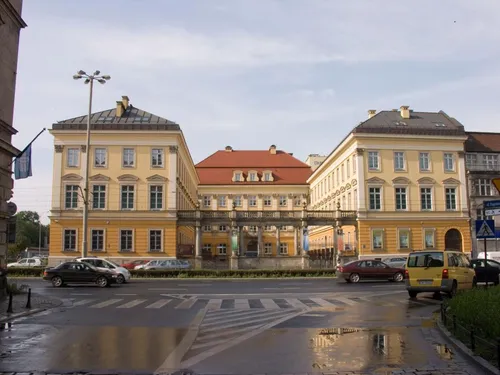It was the first and best museum we visited in Wrocław. And not just once! It is one of the museums I recommend to everyone who comes to visit us. You can read about other places to visit in our overview article on Wrocław museums.
The museum is located in the former Royal Palace, not far from the Market Square. All four floors are filled with history and exhibitions, for which you should plan at least 3-4 hours (if using an audio guide).
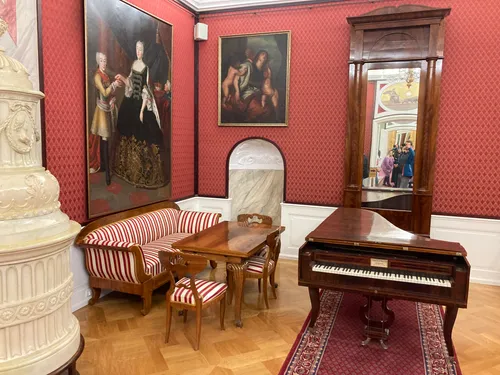 One of the palace rooms
One of the palace rooms
Thanks to the audio guide, we were able to learn about the history of Wrocław, starting from the previous millennium to the present day. We learned who Bolesław the Brave was, what Silesia is, about the Solidarity movement, why the coat of arms of Wrocław consists of five elements, and much more.
Wrocław has a rich history. It was originally the capital of the Kingdom of Silesia, and over its thousand-year history, it has been part of countries such as the Czech Republic, Austria, Prussia, Germany, and, of course, Poland. As a result, the city has two names: Wrocław in Slavic languages and Breslau in Romance languages.
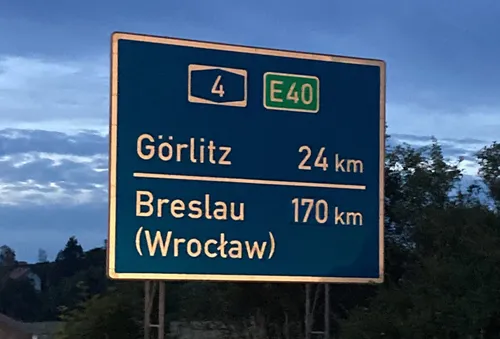
If you travel from Berlin to Wrocław, buses and road signs will say Breslau. There's nothing wrong with that, it's just easier for them to pronounce.
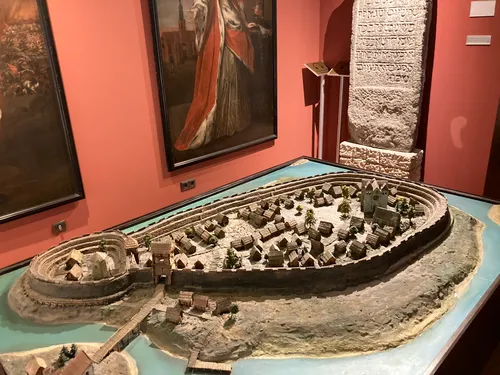 Model of ancient Wrocław with defensive walls
Model of ancient Wrocław with defensive walls
An interesting fact is that Napoleon had a significant influence on the development of the city. Until the 19th century, the Old Town was surrounded by city walls, which prevented the city from growing and building communications, and the city was drowning in sewage. Napoleon had a rule that when he captured cities, he ordered the city walls to be destroyed. Accordingly, the destruction of the city walls gave a powerful impetus to the city's growth.
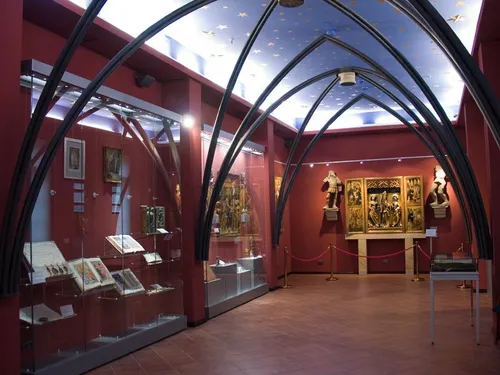 One of the rooms is filled with ancient books and church gold
One of the rooms is filled with ancient books and church gold
The exhibits here are very diverse: palace rooms, household items, furniture, paintings, models of settlements, and even pieces of walls. All of these exhibits are divided into different periods. For example, this hall refers to the Habsburg period of rule.
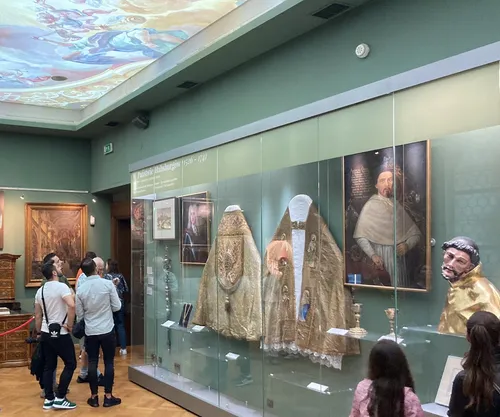
Be sure to pick up an audio guide at the entrance (available in Polish and English), otherwise the tour will not be as enjoyable. The audio guide activates automatically when you enter the rooms, so there is no need to search for tracks on the screen or rush after the narrator; just listen and watch.
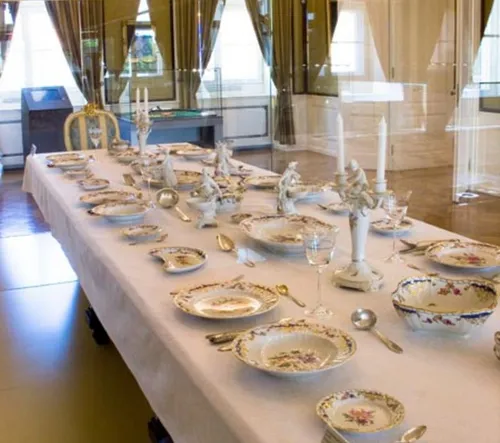 Dining table.
Dining table.
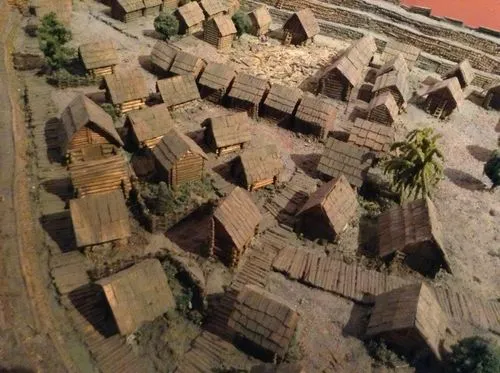 Museum 1000 Years of Wrocław - model of Breslau
Museum 1000 Years of Wrocław - model of Breslau
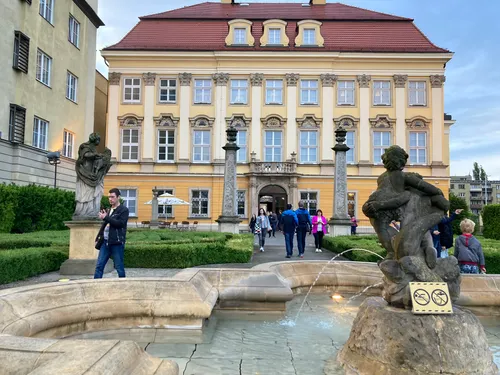 Royal Palace, view from the back yard.
Royal Palace, view from the back yard.

